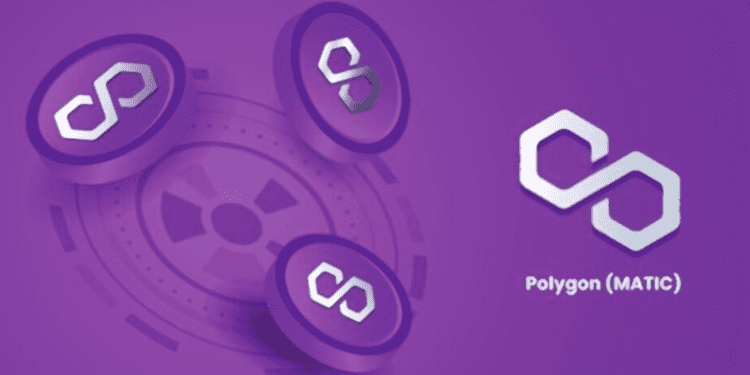Blockchain development platform, Polygon announced the launch of its zkEVM Public Testnet, an “Ethereum-equivalent” ecosystem with cross-compatibility to existing smart contracts, developer tools, and wallets built on Ethereum and Polygon PoS. zkEVM seeks to achieve infinite scalability, high security, and a familiar developer experience with Ethereum.
The company claimed to be the first project to deliver a full-featured, open-source implementation of zkEVM. DeFi platforms, including Aave and Uniswap, web3 social platform Lens, and gaming studio Midnight Society, will be among the first protocols to deploy on the zkEVM Testnet to scale their decentralized apps (dapps).
What is zkEVM
zkEVM technology, a new scaling solution for Ethereum Zero-knowledge Ethereum Virtual Machine (zkEVM), is a layer-2 construction on top of Ethereum that aims to improve scalability through mass transfer processing rolled into a single transaction. The testnet launched under Polygon’s zero-knowledge R&D team as a full-featured, open-source implementation of zkEVM.
The full equivalency with the EVM allows developers to migrate to zkEVM without needing new programming languages and tools or translation of existing code, which also includes a wholly open-sourced zk-Prover mechanism.
The announcement highlights that Polygon zkEVM offers greater capital efficiency while enabling businesses to build fast, low-fee decentralized applications on Ethereum.
Decentralized finance (DeFi) protocols Aave and Uniswap, along with Web3 social platform Lens and gaming studio Midnight Society, will be among the first projects to deploy on the zkEVM testnet.
Polygon encourages Web3 developers to collaborate by deploying contracts and identifying bugs as the platform spearheads the adoption of zk technology. In the words of Polygon co-founder Mihailo Bjelic:
“We invite the whole community to try out the testnet, help us test its limits, break things, and identify bugs so we can deliver the first zkEVM to the world!”
Benefits of zkEVM
Polygon recently claimed to be the first to implement a zkEVM scaling solution, which aims to reduce Ethereum’s transaction costs and improve its throughput. This layer two protocol can bundle together several transactions and then relay them to the Ethereum network as a single transaction.
According to Bjelic, Polygon co-founder, the solution represents the Holy Grail of Web3 as it offers security, scalability, and full compatibility with Ethereum. This means developers won’t have to learn a new programing language to work with it.
“When you launch a scaling solution, you ideally want to preserve that developer experience. Otherwise, there will be a lot of friction,” explained Bjelic, Polygon co-founder
According to Sandeep Nailwal, Polygon’s other co-founder, this solution will slice Ethereum fees by 90% and increase transaction throughput to 40–50 transactions per second.
Conclusion
zkEVM public testnet is an example of how blockchain technology slowly begins to grow and reveal its full potential. It brings many benefits and is only improving efficiency and scalability. We can see zk technology being a small step towards a world of decentralized finance and blockchain adoption. Technological advances like these will be seen more frequently as we continue.














